Market Analysis
In-depth Analysis of Nystagmus Market Industry Landscape
The market dynamics of the Nystagmus market are a complex interplay of many factors which influence its prevalence, diagnosis and treatment. Nystagmus is a condition characterized by involuntary and repetitive movements of the eye and this poses challenges to both patients and healthcare providers. The main driving factor of the global Nystagmus market is increasing incidence of this disorder in all age groups as it becomes more recognized with increased awareness and diagnostic possibilities.
One leading player in shaping the market dynamics is technological advancement in medical field. This has improved diagnostic tools used for detecting Nystagmus enabling early interventions that could be managed. This has resulted into positive patient outcomes besides enhancing growth within the market. Drug manufacturers are therefore investing heavily on R&D to come up with fresh medications for Nystagmus thus leading to an unending list of new therapy options.
Moreover, there is an increase in healthcare expenditures globally that also impact on the market dynamics. Thus, governments and private sectors allocate extra resources towards healthcare focusing on addressing neurological disorders like Nystagmus. The financial support provided here allows for competition among new drugs and therapies resulting into conducive business environment.
On top of that, regulatory landscape affects the market dynamics in Nyastagmusspace too.Stricter regulations ensure efficient treatments allowing companies to act upon while entering into new markets.ThemannerinwhichnewdrugsandtherapiesareapprovedalsohavegreatimpactonthedirectiontheNystagmusspaceshouldtake.In addition,reimbursementstrategiesandscopeofinsurancecoveragecanmakeNyastagnustransportationmoreornonavailablethus affecting marketing demand.
Patient awareness as well as education are vital components for a dynamic marketplace.This implies that individuals who have been enlightened about Nyastagnus can seek medical help earlier hence pushing up demand for diagnoses services plus treatments.Additionally,advocacyimplantationsandhelpgroupsprovidingthisknowledgeaffectboththeconditionsandthehealthcaregivers.
The Nystagmus market is also affected by competitive dynamics among pharmaceutical companies and healthcare institutions. This intense competition leads to innovation hence diverse treatment options are developed that target different requirements of patients.This collaborative relationship between research institutions, pharmaceutical industries and healthcare practitioners provides a multidimensional approach toward managing Nystagmus.
There are however many challenges in the market dynamics. Economic factors such as disparities in healthcare access and affordability can limit the potential growth of the market.Additionally,as a neurological disorder,Nystagmushasastructurethatiscomplicatedandhenceitisdifficulttodevelopmeaningfulresearchonitwithoutpersistentefforts and investments on its core mechanisms."

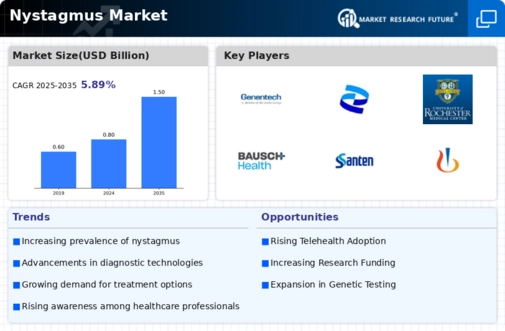
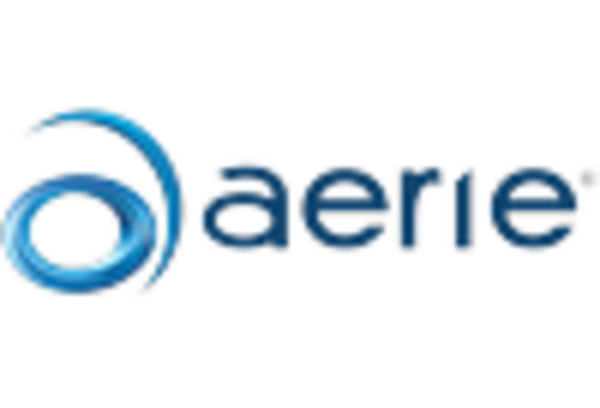
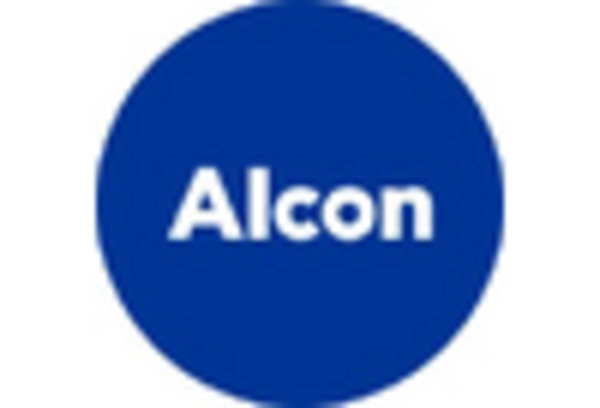
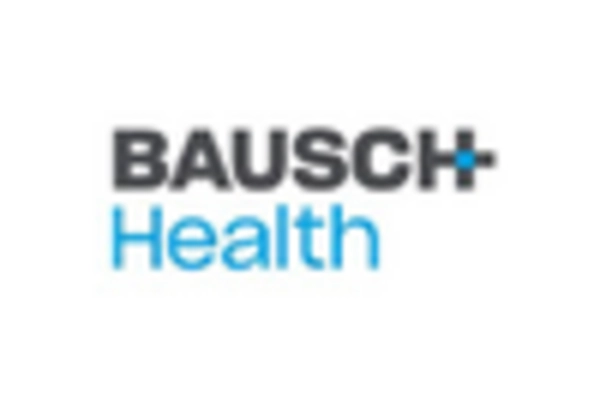

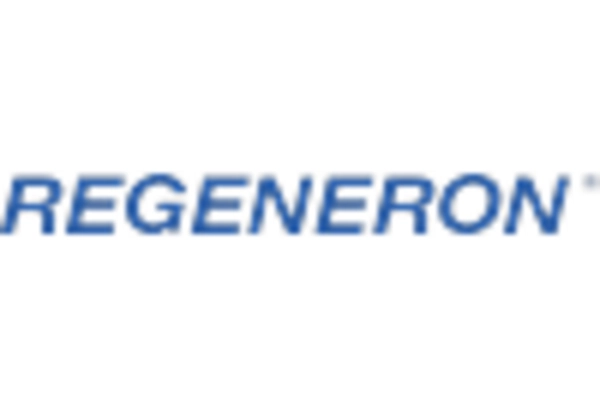
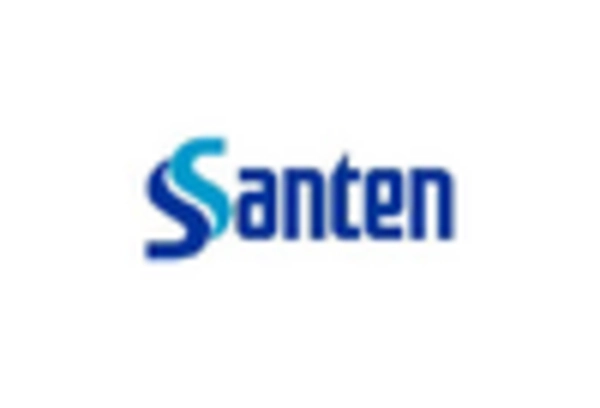









Leave a Comment